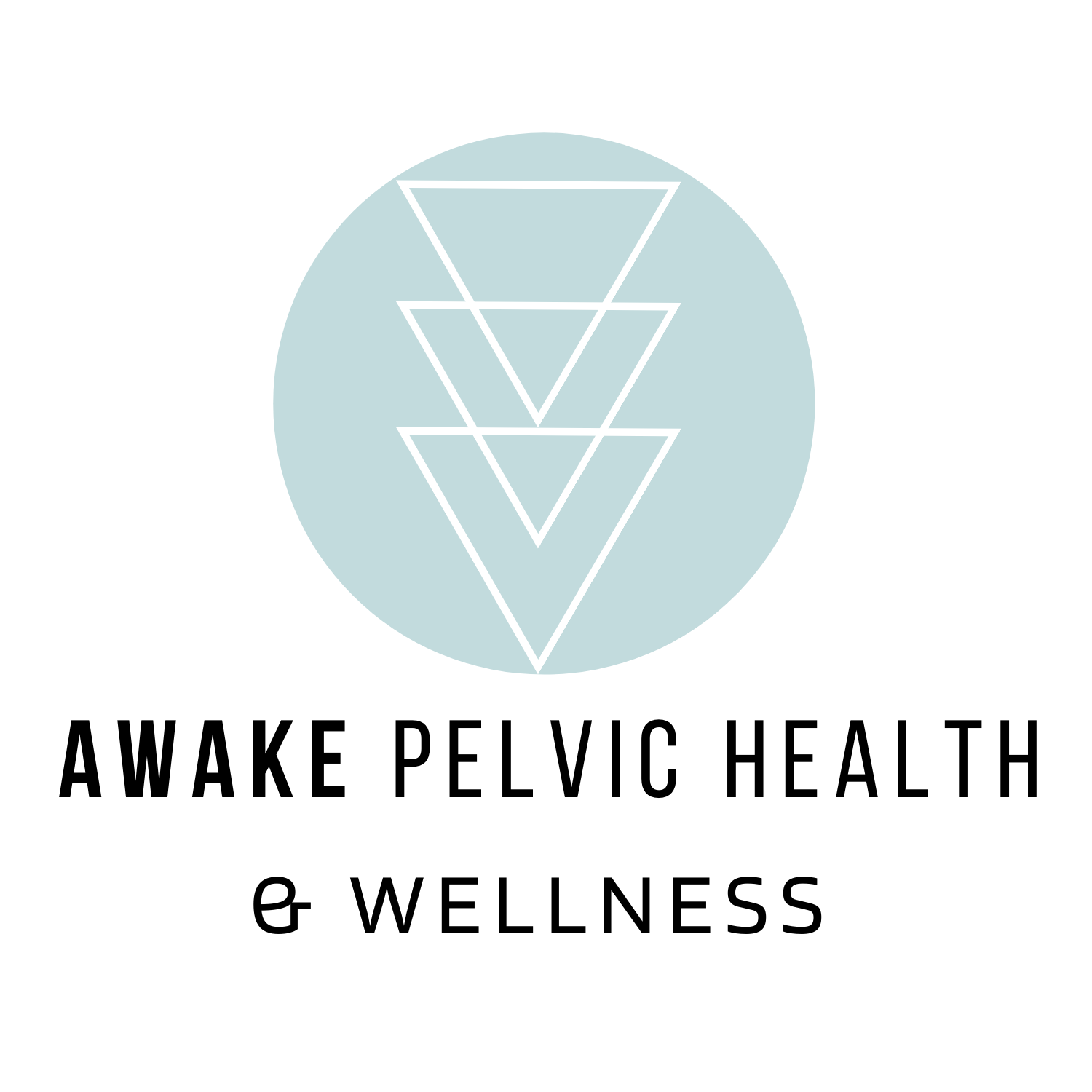Vagus Baby! Learn about your Vagus Nerve
The vagus nerve is one of the longest nerves in the body. It starts in the brainstem and extends down through the neck and into the abdomen. The vagus nerve is a key component of the parasympathetic nervous system, which is responsible for regulating many bodily functions that occur at rest, such as heart rate, digestion, and relaxation.
What is the Vagus Nerve and How Does Pelvic Floor Physical Therapy Help to Shift You into a Parasympathetic Nervous System State?
Reducing Muscle Tension: Pelvic floor physical therapy often involves relaxation techniques and exercises to release tension in the pelvic floor muscles. Muscle tension can contribute to activation of the sympathetic nervous system (responsible for the "fight or flight" response), so reducing this tension can help shift the body towards a more parasympathetic state.
Deep Breathing Techniques: By incorporating deep breathing techniques into your treatment, we stimulate your vagus nerve, which in turn activates your parasympathetic nervous system. This can help counteract the effects of stress and promote relaxation.
Improving Blood Flow: Pelvic floor PT improves blood flow to the pelvic region, which can have a calming effect on the nervous system. Increased blood flow promotes relaxation and can help activate the parasympathetic response.
Addressing Stress and Anxiety: Pelvic floor issues are often associated with stress and anxiety, which can contribute to sympathetic nervous system dominance. By addressing these underlying stressors through therapy and relaxation techniques, pelvic floor physical therapy can help rebalance the autonomic nervous system towards a more parasympathetic state.
Mind-Body Connection: Our care incorporates mindfulness practices and exercises that promote awareness of the mind-body connection. By cultivating this awareness, individuals can learn to better regulate their nervous system and promote relaxation through activities such as pelvic floor relaxation and diaphragmatic breathing.
Actionable ways to activate your vagus nerve:
Try out this helpful and calming breathing technique to calm and center your mind.
Deep Breathing: Engage in slow, deep breathing exercises. Aim for a breath rate of around 5-7 breaths per minute. Breathing deeply and slowly stimulates the vagus nerve, promoting relaxation and reducing stress.
Meditation and Mindfulness: Practice mindfulness meditation regularly. Mindfulness techniques can help activate the parasympathetic nervous system, including the vagus nerve, by promoting relaxation and reducing the body's stress response.
Cold Exposure: Brief exposure to cold temperatures, such as taking a cold shower or immersing your face in cold water, can activate the vagus nerve. The cold stimulates the body's "diving reflex," which involves a reduction in heart rate and increased vagal tone.
Singing and Chanting: Singing, chanting, or humming can stimulate the muscles in the back of the throat, which are connected to the vagus nerve. This can help activate the vagus nerve and promote relaxation.
Gargling: Gargling with water vigorously can activate the muscles in the back of the throat, which are connected to the vagus nerve. Try gargling with water for 30 seconds to a minute, repeating several times a day.
Laughter: Laughter has been shown to stimulate the vagus nerve and increase parasympathetic activity. Spend time with friends, watch a funny movie, or engage in activities that make you laugh regularly.
Yoga and Tai Chi: Engage in gentle movement practices such as yoga or Tai Chi. These practices incorporate deep breathing, mindfulness, and gentle movement, all of which can stimulate the vagus nerve and promote relaxation.
Massage: Massage techniques that target areas connected to the vagus nerve, such as the neck and upper back, can help stimulate vagal activity.
Probiotics and Diet: Maintaining a healthy gut microbiome through the consumption of probiotic-rich foods or supplements may positively influence vagal tone. A healthy diet overall, rich in fruits, vegetables, and fiber, can also support vagal function.
These practices can help stimulate the vagus nerve and promote overall health and well-being. However, it's essential to listen to your body and what it’s telling you when incorporating new things into your daily routine. We’re here to help build a toolbox of techniques that WORK for you to help create relief in your everyday life.



